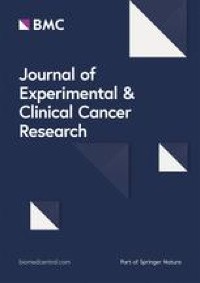Equine Vet J. 2021 Apr 12. doi: 10.1111/evj.13449. Online ahead of print.
ABSTRACT
BACKGROUND: Further development of surgical techniques for equine cervical stabilisation is necessary to make the procedure less technically demanding, reduce complications, and improve outcomes.
OBJECTIVE: To describe clinical outcomes and owner reports in horses undergoing placement of an interbody fusion device and polyaxial pedicle screw and rod construct for cervical vertebral fusion in horses with cervical vertebral compressive myelopathy.
STUDY DESIGN: Retrospective case series.
METHODS: Data were retrieved from medical records of 10 horses undergoing cervical vertebral fusion (2015-2019). Records were evaluated for signalment, duration of clinical signs, number and location of compression sites, grade of ataxia, duration of hospitalisation, and complications. Long-term follow-up was obtained through clinical re-evaluation, postoperativ e radiographs, and owner contact.
RESULTS: Breeds were mixed. Median age was 24 (range 12-168) months. There were 2/10 mares, 4/10 geldings, and 4/10 stallions. Preoperative grade of ataxia ranged from 1-3/5. Fusion was performed at one (n=3) or two (n=7) sites. Two horses were euthanised within the first year. In 6 out of 8 horses with ≥1-year follow-up, ataxia improved by 1 - 3 grades, with an average improvement of 1.25 grades. In four horses, ataxia improved to grade 0-1. In two horses the gait was unaffected, but neck comfort improved. Complications included seroma formation (n=9), pain (n=5), fever (n=4), upper respiratory tract obstruction (n=2), azotemia (n=2), screw breakage (n=2), progression of neurological signs (n=1), Horner's Syndrome (n=1), dysphagia (n=1), hives (n=1), implant infection (n=1), and nondisplaced fracture (n=1).
MAIN LIMITATIONS: Small case series, heterogeneous patient population.
CONCLUSIONS: This technique resulted in ≥1 grade g ait improvement in 6/10 cases operated and 6/8 cases for which ≥1-year follow-up was available, similar to other methods. Fatal complications related to implant placement did not occur. This technique may represent a safer alternative to current techniques of ventral interbody fusion with similar outcomes.
PMID:33844334 | DOI:10.1111/evj.13449



